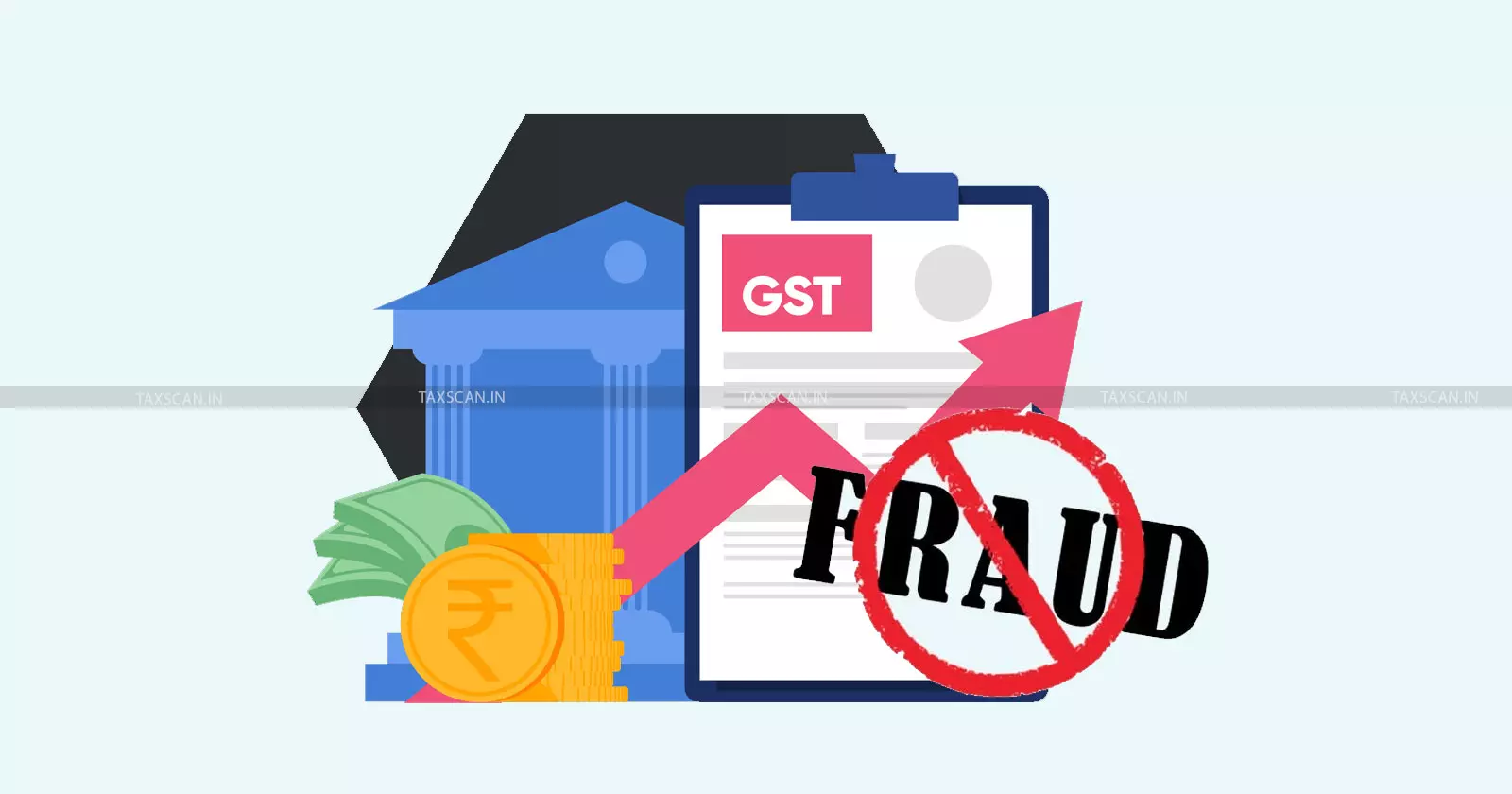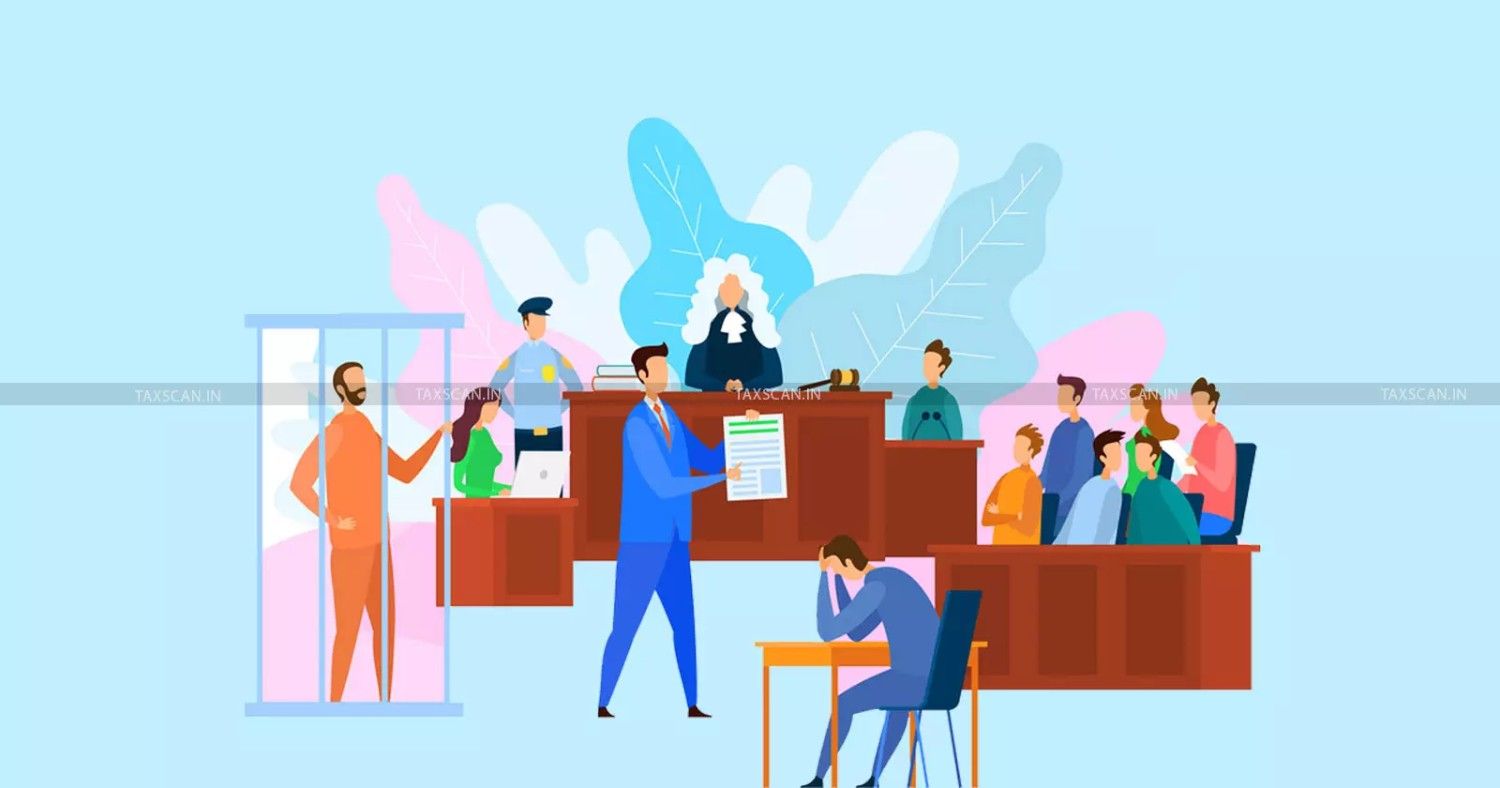Finance Ministry to roll out Auto-Populated GSTR-3B to Curb Fake ITC: ₹2 Lakh Cr Lost to Fraud since GST Launch [Read Order]
Finance Ministry to roll out Auto-Populated GSTR-3B to Curb Fake ITC: ₹2 Lakh Cr Lost to Fraud since GST Launch

The overhaul of the GSTR-3B filing system is positioned to curb the rampant misuse of Input Tax Credit (ITC) with a fully auto-populated mechanism expected in phases from April 2026.
The Ministry of Finance is preparing to enhance the GSTR-3B reporting system, with an auto-populated measure designed to curb loopholes in detecting fraudulent inputtax credit (ITC) claims. Reports suggest that the reforms shall be executed in two distinct phases beginning April 2026, marking one of the most comprehensive structural updates to the Goods and Services Tax (GST) return framework since the inception of the indirect tax structure in 2017.
One of the key developments undertaken by the Revenue Department is to introduce a more independent system which would require little to no manual intervention in GSTR-3B. Key fields will be auto-populated from system-linked returns and will remain locked for edits, ensuring consistency between GSTR-1 (outward supplies) and GSTR-3B (summary return).
The reform has been under consideration for several years, but is now being fast-tracked due to the rising numbers of fake credit frauds - estimated to involve a gigantic ₹2 lakh crore, since the launch of GST.
Two-Phase Implementation Plan
The initiative by the Finance Ministry is poised to roll out in two stages:
Phase 1 - April 2026
Outward tax details in GSTR-3B will be frozen for editing. These figures will be auto-populated directly from GSTR-1, eliminating discrepancies between declared sales and tax liability.
Phase 2 - July 2026
Input tax credit (ITC) entries will also be auto-populated from GSTR-2B, preventing taxpayers from manually altering eligible credits. This is expected to curb fake ITC claims generated through fictitious transactions or non-existent suppliers.
Sources quoted by Zee Media confirmed that the move aims to “eliminate manual manipulation in GSTR-3B”, ensuring that only verified data flows between returns. Both phases are expected to be fully operational by July 2026, after which the system will become fully automated.
 Also Read: GST Interest and Penalty order passed without Proper Hearing Despite Request: Karnataka HC orders Fresh Adjudication [Read Order]
Also Read: GST Interest and Penalty order passed without Proper Hearing Despite Request: Karnataka HC orders Fresh Adjudication [Read Order]
Persistent Challenges in ITC Reporting
The reform also comes against the backdrop of persistent mismatches in ITC reporting and compliance issues arising from Circular No. 170/02/22 dated 6 July 2022. The circular urged taxpayers to ensure correct reporting in GSTR-3B and GSTR-1 for accurate settlement between the Centre and States. It required taxpayers to disclose ineligible ITC in Table 4D(2) and reconcile figures from Table 8(D) of GSTR-9.
Since its issuance, several State GST Departments have begun issuing notices citing non-compliance, especially for earlier tax periods where disclosures were not made as prescribed. Under the circular, taxpayers reclaiming previously reversed ITC must follow precise reversal and re-reporting procedures in GSTR-3B, while remaining mindful of time limits under Section 16(4) of the CGST Act, 2017.
Section 39(9) of the CGST Act further restricts rectification of returns beyond 30 November following the end of the financial year, furthering complications for taxpayers attempting to make retrospective corrections.
 Also Read:Belated Filing of GST Return Automatically Nullifies Best - Judgment Assessment issued u/s 62: Madras HC [Read Order]
Also Read:Belated Filing of GST Return Automatically Nullifies Best - Judgment Assessment issued u/s 62: Madras HC [Read Order]
Expert Reactions
Industry experts have welcomed the government’s intent in refining the GSTR-3B filing mechanism but have cautioned against potential compliance hardships. Abhishek A. Rastogi, Founder of Rastogi Chambers noted that while curbing fake ITC is vital, the transition must be calibrated carefully. “Any mismatch, system delay, or vendor-level non-compliance can unfairly penalise compliant taxpayers, who rely on timely ITC to keep operations running smoothly,” Rastogi said to Zee.
The GST Council had discussed the issue of curbing fake ITC at its meeting, citing the same to be a major source of revenue leakage. The Finance Ministry is expected to place the formal proposal before the Council in an upcoming session.
If the revised and automated system is implemented, the reform could transform GST compliance into an entirely system-integrated process - greatly reducing disputes and improving data accuracy in India’s GST compliance mechanism.
Support our journalism by subscribing to Taxscan premium. Follow us on Telegram for quick updates



